What’s Up?
It is 6:45am and we are in the car headed to the San Diego Airport. Wednesday morning was great for pelicans and also for gulls in flight. I stayed in that afternoon to pack. The Sony gear continues to amaze.
IPT Updates
Unsolicited via e-mail from multiple IPT veteran Donna Bourdon
Thank you Artie for another amazing trip! The setting and the access to such spectacular wildlife was more than we could have hoped for. And you, yourself are remarkable. I am always touched by your selflessness in sharing your professional talent and knowledge. Not many working pros would be willing to share their intellectual property as you do. And the group experience was such fun. It was good to make new friends and enjoy food, fun and fellowship together! I hope to meet up with everyone again soon for another “over the top” adventure. with love, Donna
Unsolicited via e-mail from IPT veteran Eugen Dolan
Arthur, Thank you very much for your overwhelming infectious enthusiasm that helped get me up on some mornings. Also, your ability to express yourself- and explain in great detail why you like or may not like an image – was very helpful in allowing me to better analyze my images. Eugen
I have room for two folks on the spoonbill boat and still need three or four folks for the Galapagos trip. If you would like to explore the possibilities, please get in touch via e-mail; no reasonable offer will be refused.
- The 2019 Hooptie Deux/Roseate Spoonbill Boat 3 1/2 DAY IPT — FEB 16 thru 19, 2019: $2599.00. Limit: 5 photographers/Openings: 2.
- The New, Expanded 2019 UK Puffins, Gannets, & Red Kites IPT. Thursday June 27 (from EDI) through Tuesday, July 9, 2019 (on the ground; fly home on Wednesday July 10.): $9,999. Limit 10 photographers/Openings: 9. This trip needs four to run. Co-leader: Peter Kes.
- The GALAPAGOS Photo Cruise of a Lifetime IPT/The Complete Galapagos Photographic Experience. July 23 to August 6, 2019 on the boat. 13 FULL and two half-days of photography: $14,499. Limit: 12 photographers/Openings: 4.
BIRDS AS ART
BIRDS AS ART is registered in the U.S. Patent and Trademark Office.
Selling Your Used Photo Gear Through BIRDS AS ART
Selling your used (or like-new) photo gear through the BAA Blog is a great idea. We charge only a 5% commission. One of the more popular used gear for sale sites charged a minimum of 20%. Plus assorted fees! Yikes. They went out of business. And e-Bay fees are now up to 13%. The minimum item price here is $500 (or less for a $25 fee). If you are interested please scroll down here or shoot us an e-mail with the words Items for Sale Info Request cut and pasted into the Subject line :). Stuff that is priced fairly — I offer pricing advice to those who agree to the terms — usually sells in no time flat. Over the past year, we have sold many dozens of items. Do know that prices on some items like the EOS-1D Mark IV, the old Canon 100-400, the old 500mm, the EOS-7D and 7D Mark II and the original 400mm DO lens have been dropping steadily. Most recently the price of used Canon 600mm f/L IS II lenses have been dropping like a rock with the introduction of the 600 III. You can always see the current listings by clicking here or on the Used Photo Gear tab on the orange-yellow menu bar near the top of each blog post page.
Money Saving Reminder
If you need a hot photo item that is out of stock at B&H, would enjoy free overnight shipping, and would like a $50 discount on your first purchase, click here to order and enter the coupon code BIRDSASART at checkout. If you are looking to strike a deal on Canon or Nikon gear (including the big telephotos) or on a multiple item order, contact Steve Elkins via e-mail or on his cell at (479) 381-2592 (Eastern time) and be sure to mention your BIRDSASART coupon code and use it for your online order. Steve currently has several D850s in stock along with a Nikon 600mm f/4 VR. He is taking pre-orders for the new Nikon 500 P and the Nikon Z6 mirrorless camera body.
Bedford’s Special
Purchase a NIKKOR 180-400 super-telephoto zoom lens and choose either a GITZO GT2542LS SYSTEMATIC TRIPOD (a $930 value) or the WIMBERLEY GIMBAL/WH-200 w/ custom plate (a $694 value) at no charge when you purchase the 180-400!
Gear Questions and Advice
Too many folks attending BAA IPTs and dozens of photographers whom I see in the field and on BPN, are–out of ignorance–using the wrong gear especially when it comes to tripods and more especially, tripod heads… Please know that I am always glad to answer your gear questions via e-mail. Those questions might deal with systems, camera bodies, accessories, and/or lens choices and decisions.
|
|
|
This image was created on January 27, day 2 with the SONY gear. I used the hand held Sony FE 100-400mm f/4.5-5.6 GM OSS lens (at 244mm) and the beyond remarkable Sony Alpha a9 Mirrorless Digital Camera. ISO 3200: 1/2000 sec. at f/5.6 in Manual mode. AWB at 8:15:56am in the shade of the building behind us. Image #1: Incoming Brandt’s Cormorant |
Photographing Incoming Brandt’s Cormorants: As Tough As It Gets …
Photographing incoming Brandt’s Cormorants as they return to their nests is as tough as it gets. Try as I might, I had maybe one semi-sharp image in this situation over many years with various Canon bodies and lenses, that in many hundreds of attempts. I did however, have many that were razor sharp on the feet. With both the D5 and the D850, I would usually get two or three fairly sharp images out of ten. Anita North did a bit better than that with her Nikon Nikon AF-S NIKKOR 70-200mm f/2.8E FL ED VR lens and the Nikon AF-S Teleconverter TC-14E III but again, her best results were somewhere between fairly sharp and acceptably sharp.
With the SONY gear …
|
|
|
This image was also created on January 27, day 2 with the SONY gear. I used the hand held Sony FE 100-400mm f/4.5-5.6 GM OSS lens (at 244mm) and the beyond remarkable Sony Alpha a9 Mirrorless Digital Camera. ISO 3200: 1/2000 sec. at f/5.6 in Manual mode. AWB at 8:15:56am in the shade of the building behind us. Image #2: Incoming Brandt’s Cormorant |
With the SONY gear …
With the SONY gear, the results were mind-boggling. Once you got the tracking going, eight out of every ten images were razor sharp. You could see the veins in the distended blue gular sac and the individual white crest feathers were sharp as well. You will see more of the same in coming blog posts: the sharpness of images made with the SONY A9 approaches science fiction-like levels. And remarkably, two A9 firmware updates scheduled for late spring and early summer at the latest, should actually improve AF performance with birds in flight …
|
|
|
This image was also created on January 27, day 2 with the SONY gear. I used the hand held Sony FE 100-400mm f/4.5-5.6 GM OSS lens (at 244mm) and the beyond remarkable Sony Alpha a9 Mirrorless Digital Camera. ISO 3200: 1/2000 sec. at f/5.6 in Manual mode. AWB at 8:15:56am in the shade of the building behind us. Image #3: Incoming Brandt’s Cormorant |
Frame Rate
When using AF-C, tracking AF, Continuous with Nikon and AI Servo AF with Canon, your digital camera body will never match the quoted frame rate. With the A9, that is 20 frames per second. With tracking AF that drops to about 15 fps when creating compressed RAW (ARW with SONY) files (as I did for the first two days) and down to about 13 fps when creating uncompressed RAW files as I did on days 3-5. Today’s featured images are all from compressed AWR files.
Note that all four of today’s featured images were creating in the same second at 8:15:56am. In any case, the frame rate of the A9 is breath-taking. And I forgot to mention how quiet the A9 is.
|
|
|
This image was also created on January 27, day 2 with the SONY gear. I used the hand held Sony FE 100-400mm f/4.5-5.6 GM OSS lens (at 244mm) and the beyond remarkable Sony Alpha a9 Mirrorless Digital Camera. ISO 3200: 1/2000 sec. at f/5.6 in Manual mode. AWB at 8:15:56am in the shade of the building behind us. Image #4: Incoming Brandt’s Cormorant |
SONY A9 ISO, Dynamic Range, and Exposure Latitude
Note that the AWR files for all four of today’s featured images were about 1 1/2 stops under-exposed.
Your Favorite?
Each of today’s four featured images is presented un-cropped. Please leave a comment letting us know which is your favorite pose and why.
|
|
Unsharpened 100% crop of Image #4: Incoming Brandt’s Cormorant |
The Unsharpened 100% Crop as a JPEG
This look quite good to me. I love the feathers on the shoulders.
|
|
|
Fort DeSoto in spring is rife with tame birds, many in full breeding plumage. Click on the composite to enjoy a larger version. Clockwise from upper left around to center: Laughing Gull landing on head of Brown Pelican, Laughing Gull in flight, Reddish Egret sunrise silhouette, Great Blue Heron with needlefish, Yellow-crowned Night Heron with ghost crab, Roseate Spoonbill, Sanderling in breeding plumage, and white morph Reddish Egret in glorious breeding plumage. |
The 2019 Fort DeSoto Spring IPT/THURS 18 APRIL through the morning session on SUNDAY APRIL 21, 2019: 3 1/2 DAYS: $1549. Limit 8/Openings: 5. Meet and greet at 7PM on the evening of WED 17 APRIL.
Fort DeSoto, located just south of St. Petersburg, FL, is a mecca for a great variety of migrant shorebirds, gulls, terns, and passerines in Spring. Many of the gulls and terns will be courting and copulating. There the migrants join hundreds of Florida resident egrets, herons, night-herons, and pelicans on the T-shaped peninsula. We should get to photograph one of Florida’s most desirable shorebird species: Marbled Godwit. Black-bellied Plover and Willet are easy, American Oystercatcher almost guaranteed. Great Egret, Snowy Egret, Great Blue Heron, Tricolored Heron, and White Ibis are easy as well and many of those will be in their spectacular breeding plumages. Yellow-crowned Night-Heron is a strong possibility. We may get to see and photograph the amazing heron/egret hybrid that has been present for three years. And we should enjoy some great Brown Pelican flight photography. In addition, Royal, Sandwich, Forster’s, and Caspian Terns will likely provide us with some good flight opportunities as well. Though not guaranteed, Roseate Spoonbill and Wood Stork might well be expected. And we will be on the lookout for a migrant passerine fallout in the event of a thunderstorm or two. Yikes, I almost forgot to mention that nearly all of the birds are ridiculously tame!
|
|
|
Yes, Fort DeSoto in spring is rife with tame birds, most in breeding plumage. Click on the composite to enjoy a larger version. Clockwise from upper left around to center: breeding plumage Dunlin, dark morph Reddish Egret displaying, Laughing Gull vertical front-end portrait, Laughing Gull with prey item, landing on head of Brown Pelican, breeding plumage Royal Tern displaying, Royal Terns — pre-copulatory stance, Laughing Gulls copulating, Laughing Gull head portrait, breeding plumage Sandwich Tern with fish, and a rare treat, a breeding plumage White-rumped Sandpiper. |
Just some of the stuff you will learn …
On the IPT you will learn basics and fine points of digital exposure and to get the right exposure every time after making a single test exposure, how to approach free and wild birds without disturbing them, to understand and predict bird behavior, to identify many species of shorebirds, to spot the good situations, to choose the best perspective, to see and understand the light, and to design pleasing images by mastering your camera’s AF system. Most importantly you will surely learn to evaluate wind and sky conditions and understand how they affect bird photography. And you will learn how and why to work in Manual mode (even if you’re scared of it).
|
|
|
Again, Fort DeSoto in spring is rife with tame birds, most in breeding plumage. Click on the composite to enjoy a larger version. Clockwise from upper left around to center: Laughing Gull in flight, Yellow-crowned Night-Heron, Sandwich Terns copulating, Roseate Spoonbill, Great Egret with reflection, breeding plumage Short-billed Dowitcher, American Oystercatcher, Royal Tern, white morph Reddish Egret, and Snowy Egret in marsh. |
What we do
There will be seven shooting sessions in all: four 3+ hours morning session and three 2 1/2 hour afternoon sessions. There will be a Photoshop/image review session during or after lunch (lunch is included) on each of the three full days. That will be followed by Instructor Nap Time.
The best airport is Tampa (TPA). Once you register, you will receive an e-mail with the hotel/lodging information.
|
|
|
You got it, Fort DeSoto in spring is rife with tame birds, most in breeding plumage. Click on the composite to enjoy a larger version. Clockwise from upper left around to center: Roseate Spoonbill, immature Brown Pelican in flight, the heron/egret hybrid, American Oystercatcher feeding, immature Royal Tern on railing, Great Egret morning silhouette, Black Skimmer in surf, and underside head portrait of Great Blue Heron. |
Signing Up
A $500 deposit is due when you sign up and is payable by credit card. Balances must be paid by check after you register. Your deposit is non-refundable unless the IPT sells out with eight folks so please check your plans carefully before committing. You can register by calling Jim or Jennifer during weekday business hours at 863-692-0906 with a credit card in hand or by sending a check as follows: make the check out to: BIRDS AS ART and send it via US mail here: BIRDS AS ART, PO BOX 7245, Indian Lake Estates, FL 33855. You will receive a confirmation e-mail with detailed instructions, clothing, and gear advice. Please remember that the meet and greet will take place on the evening of WED 17 APRIL. Please shoot me an e-mail if you plan to register or if you have any questions.
|
Folks attending this IPT will be out in the field early and stay late to take advantage of sunrise and sunset colors. Click on the composite to enjoy a larger version. Clockwise from upper left to center: Long-billed Curlew, juvenile Tricolored Heron, Marbled Godwits, Great Blue Heron, juvenile Pectoral Sandpiper, Wood Stork, smiling Sea Scallop, Ruddy Turnstone scavenging needlefish, Great Blue Heron sunset silhouette at my secret spot, and southbound migrant tern flock blur. |
Early and Late
Getting up early and staying out late is pretty much a staple on all BIRDS AS ART Instructional Photo-Tours; on this particular trip we will get lots of sleep as the days are short. Being in the field well before the sun comes up and staying out until sunset will often present unique photographic opportunities, opportunities that will be missed by those who need their beauty rest. I really love it when I am leaving the beach on a sunny morning after a great session just as a carful or two of well-rested photographers arrive.
Help Support the Blog
Please help support my efforts here on the blog by remembering to click on the logo link above each time that you shop Amazon. That would be greatly appreciated. There is no problem using your Prime account; just click on the link and log into your Prime account. With love, artie
If In Doubt …
If in doubt about using the BAA B&H affiliate link correctly, you can always start your search by clicking here. Please note that the tracking is invisible. Web orders only. Please, however, remember to shoot me your receipt via e-mail.




Please Remember to use my Affiliate Links and to Visit the New BAA Online Store 🙂
To show your appreciation for my continuing efforts here, we ask, as always, that you get in the habit of using my B&H affiliate links on the right side of the blog for all of your photo and electronics purchases. Please check the availability of all photographic accessories in the New BIRDS AS ART Online Store, especially the Mongoose M3.6 tripod head, Wimberley lens plates, Delkin flash cards and accessories, and LensCoat stuff.
As always, we sell only what I have used, have tested, and can depend on. We will not sell you junk. We know what you need to make creating great images easy and fun. And please remember that I am always glad to answer your gear questions via e-mail.
I would of course appreciate your using our B&H affiliate links for all of your major gear, video, and electronic purchases. For the photographic stuff mentioned in the paragraph above, and for everything else in the new store, we, meaning BAA, would of course greatly appreciate your business. Here is a huge thank you to the many who have been using our links on a regular basis and those who will be visiting the New BIRDS AS ART Online Store as well.
Be sure to like and follow BAA on Facebook by clicking on the logo link upper right. Tanks a stack.
Typos
In all blog posts and Bulletins, feel free to e-mail or to leave a comment regarding any typos or errors. Just be right :).

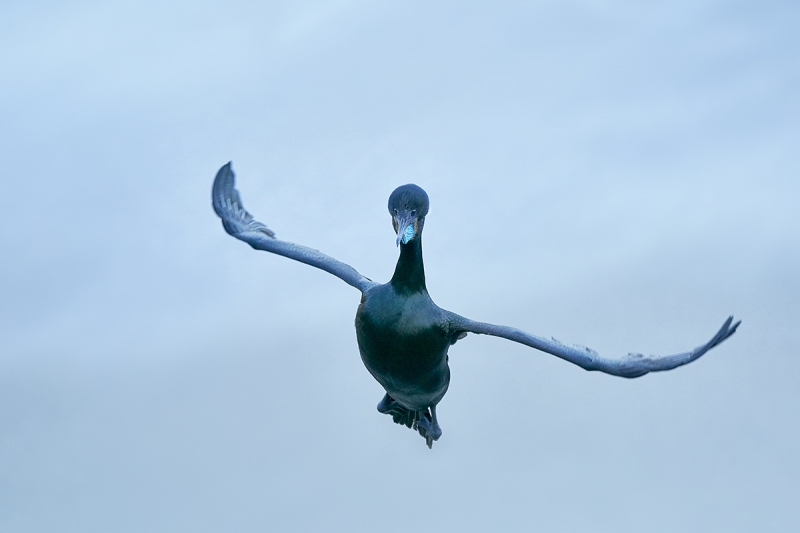
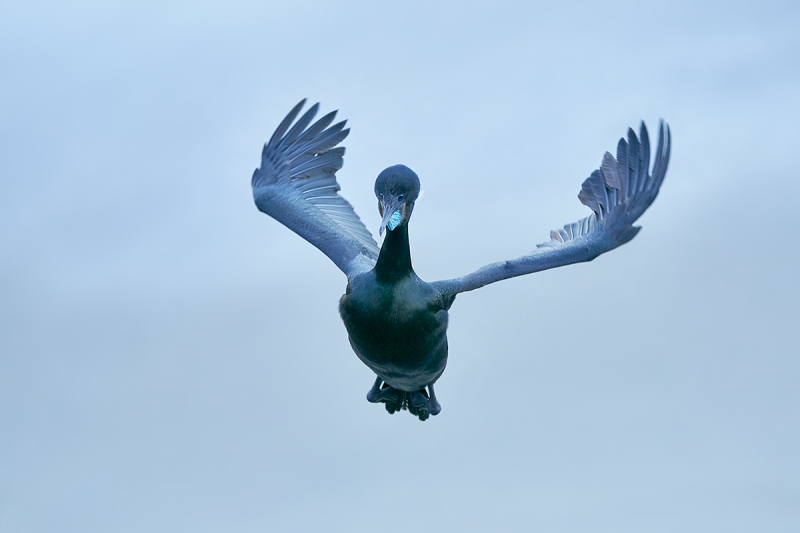
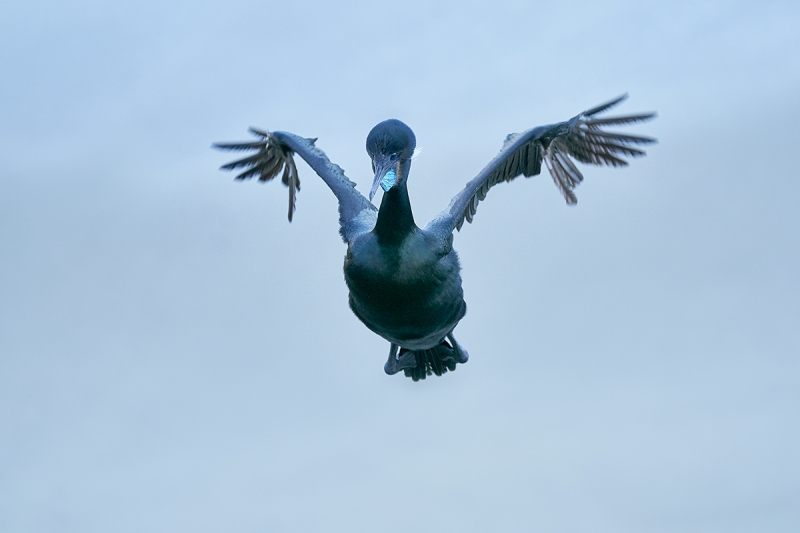
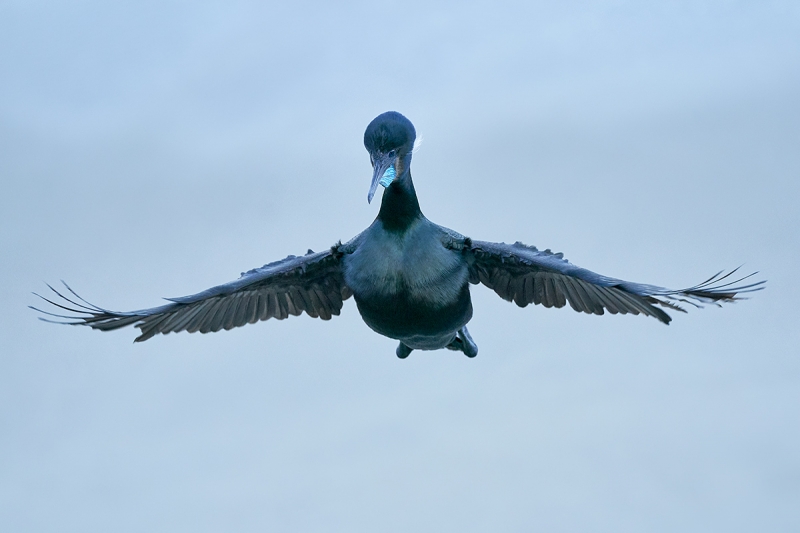
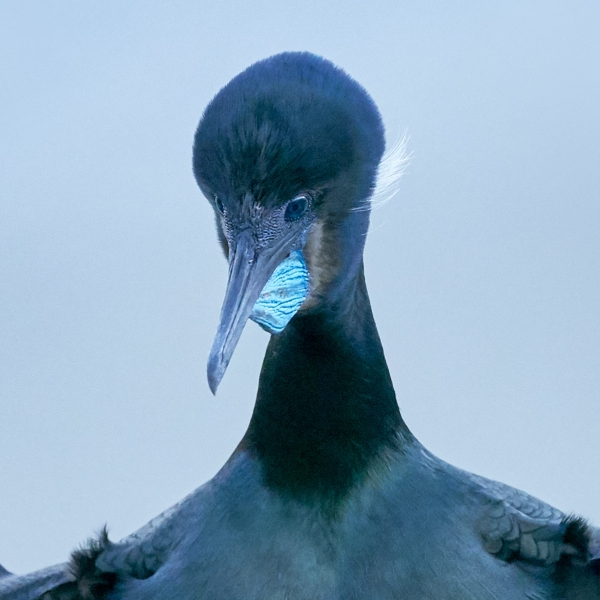
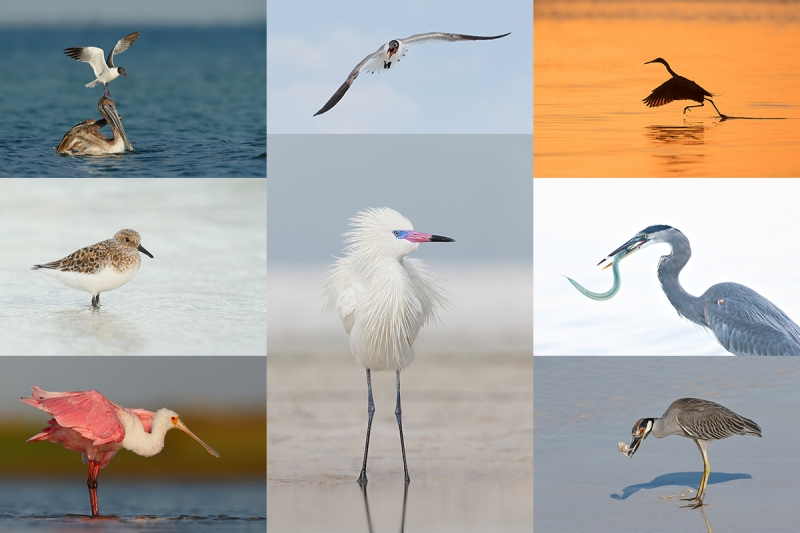
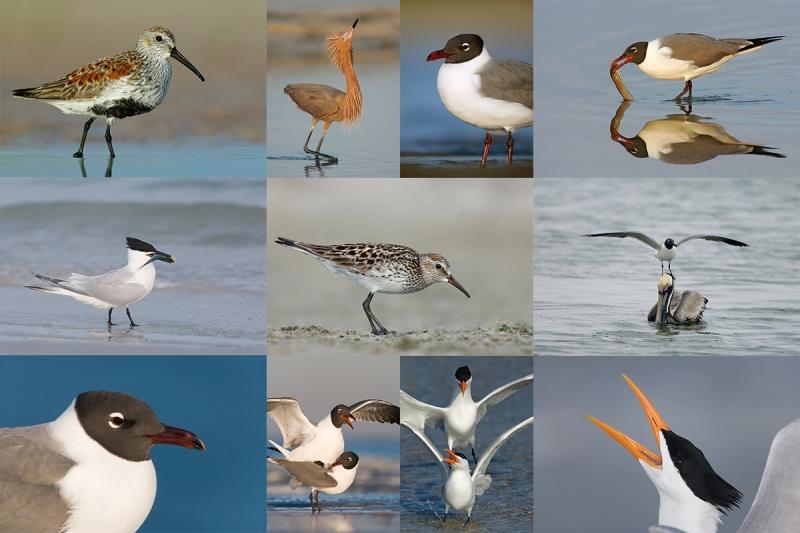
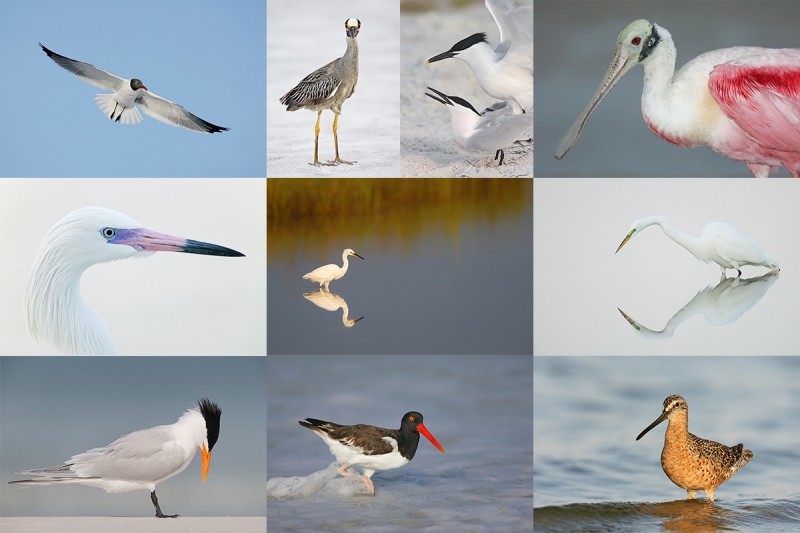
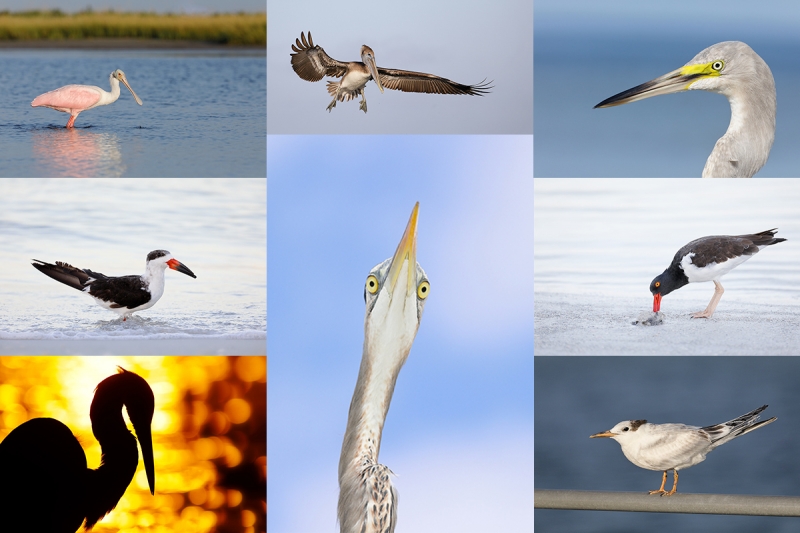














Artie, I think you meant that you used Canon for 34 years, not Nikon as you put in your response.
Thanks and fixed Patrick 🙂
a
Good morning Guru. Hope this message finds you in good health and cheerful as always.
Guru, how about testing out the Canon and Nikon mirrorless cameras and letting us know the results?
There’s a funny news that Canon leads the mirrorless market in Japan!!! They did it recently despite being the last to introduce this version. Would like to know what’s the real fun of these cameras. You’re already posting your takes on Sony, would love to see the same on the two leading brands.
Best regards.
As far as I know both Canon and Nikon mirrorless cameras are no good at all for birds in flight. So I will not be testing them.
I’d suggest that you test them and let us know if I am wrong 🙂
with love, artie
Hey Arthur, Another year another camera system. Really like #1 The overall pose is nice also like the curled up wing tips. Have fun out there with the new gear.
Hi John, Please don’t forget that I did 34 years with Canon. All that I want is to have the best available gear in my hands. And, I will still be using Nikon for lots of applications beginning with the Spoonbill IPT, at least for a while. BTW, you should join me for that one.
with love, artie
Love the image designs.
Interesting observations. I am happy with my D500 and D850 Combination. So I will stick to it.
ps:- I did purchased a copy 600 f/4 and will be selling 500 f/4 soon after comparison…
Thanks Krishna. I am happy with my Nikon gear. And I have always loved my D850s and still do, for its great IQ. I am, however, beyond thrilled with the SONY stuff for birds in flight.
with love, a
Hi Artie. I watched a recent video from Tony Northrup, where he tested out the A9. Very positive comments regarding AF and IQ from him..but…not so good comments regarding the time it takes to clear the buffer after taking multiple frames before taking another shot. But I think he was taking 100 shots in one burst and it took 2 minutes to write to the card. Not an issue I guess if you shoot only short bursts. Thoughts?
Hi Paul, Nice to see you here (and on BPN everyday as well). My shooting style does not include “100 shots in one burst.” I had zero problems with the buffer. I would suspect that he was not using a UHS Series II card like this: Sony 128GB SF-G Tough Series UHS-II SDXC Memory Card …
with love, artie
My question is, when will the Nikon fire sale starts? Can I get first dibs on the 500mm PF? 😀
As per the recent post I will be holding onto some of the Nikon stuff at least for a while. Perhaps longer.
with love, artie
I will go with four but am amazed at the sharpness considering the subject is flying right at you.I shoot with A Canon 7D Mark II paired with a Canon 500 F4 or 100 – 400 and very seldom get usable images when the bird is fling right at me.Impressive to say the least.
Thanks and that was my experience too.
with love, artie
The 100% crop is amazing to my eyes. Seems to match DPR’s of the camera as perhaps by far the best mirrorless sports camera. And, as you said, they are updating their af in camera software with significant ease of use improvements.
Bp
🙂
a
I like picture 3 with the full wing spread. Picture 4 reminds me of a strength athlete with the strong shoulders and chest. Amazing strength of flying is shown. They make it look easy but try holding your arms out wide for awhile… Truly amazing what God has created and we get to enjoy and marvel at. Thanks Mr. Morris, God Bless.
Hi, Artie. Interesting results; I look forward to learning more. By the way, I have never been able to find any settings on my Canon 7DII that lowered the advertised 10 frames per second, as long as my shutter speed was fast enough.
There are no settings, just fact. When you are in AI servo AF you will be getting about 7 fps.
with love, artie
ps: the A9 has no shutter 🙂
Actually the A9 does have a shutter. It doesn’t have a mirror.
However, owning my A9 for the past 8 months I’ve only taken about 10 shots with the shutter just to see how it sounded. The beauty of the A9 (and the reason it is the only mirrorless camera I would touch right now) is that you can shoot it in e-shutter without the usual distortion problems for fast moving subjects that affect all the other cameras when in e-shutter mode. And that it gives us that game changing blackout free shooting experience.
I’m a Nikon D500/D850 with 500E FL, 500PF and 300PF shooter but use my A9 for all challenging BIF because it is just better as you have now seen. I also find it much more consistent shot to shot even for more mundane subjects. I also use it with adapted Canon 400DOII +TCs to get me an extra stop of light over the 100-400GM at each focal length. Canon lenses adapt amazingly well now a days via the Sigma MC-11 (better than the Metabones V). I’ve been challenged on my praise of the A9 by Nikon shooters for whatever reason and I’m glad that more people will hear the news from you of how good it is even compared to the excellent Nikon AF.
I saw you mention maybe trying the A7R3 for more pixels…I’ll warn you in advance, the experience shooting with blackout and some lag in the EVF after shooting the A9 is hard to get used to. I demoed the A7R3 and A9 before buying and put the A7R3 down after just a few mins with the A9. But give it a try for more static subjects for the extra details and you can probably be okay with the downgrade in EVF experience from the A9.
Anyways, have fun with the A9….I know I do!!
Thanks Geoff. Great minds think alike 🙂 I know that I screwed up out of ignorance but cannot find where I wrote that; can you advise please?
All good points on the SONY stuff though I will stick with SONY lenses for the A9. SONY at present however is somewhat limited when it comes to lens selection … I agree on that going back to any camera with blackout is hard to do. I took a few images with the Nikon D850 after using the A9 for five days and it was like going back to the Dark Ages …
With love and will, and see you on BPN soon.
with love, artie
Hi Artie, I tested my 7D II using AI servo AF, I shot a stop watch on a laptop & the result showed I am getting 10fps, what’s your thoughts on this?
The camera is not tracking anything unless time is flying …
with love, artie
I like the one in the middle – with the wing tips splayed apart. The bottom one looks like a jumbo jet coming in but my eye seemed more interested in the other. That is amazing re your AF experiences. I’m so BIF challenged. All this talk makes me wonder what our cameras will be like in 5 years?? Sounds like I might even have a few sharp BIF’s.
Only is you are lucky 🙂
with love, a
Careful Art, you may start another camera stampede!
Same as always: I am just trying to get the best available gear in my hands …
with love, artie